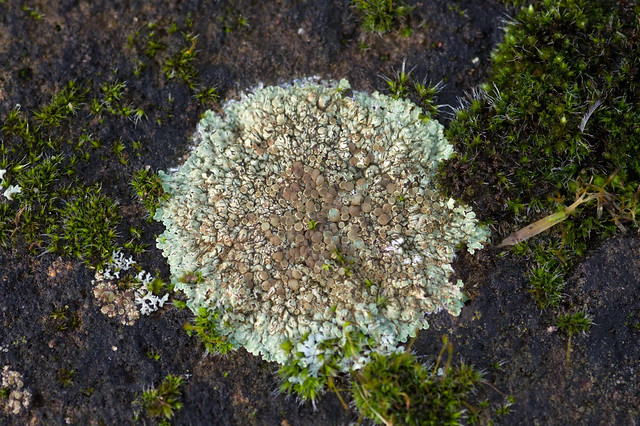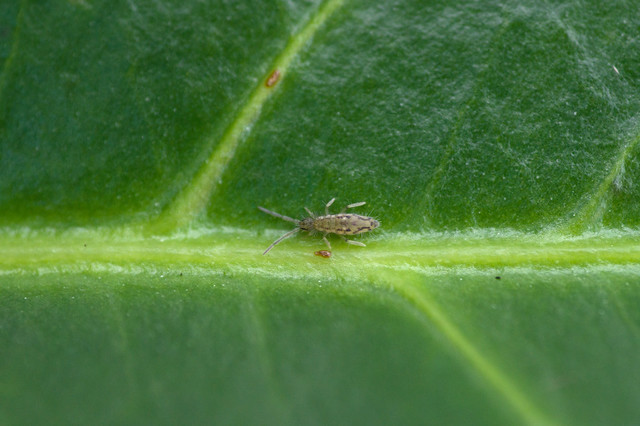
Despite the warmer weather, insects were still pretty thin on the ground, but I did see a couple of 7-spot ladybirds which had emerged from hibernation, and a few birch catkin bugs were out and about. While engaging in a spot of fence staring I noticed a small bug walking along, which I assumed at first to be one of the Anthocoris flower bugs, tiny predators of even smaller insects. After a while on BritishBugs trying and failing to work out which one it was, I gave up and called for assistance on twitter, and rapidly got an identification of Temnostethus pusillus, a close relative of the Anthocoris species and my second new Hemiptera of the year. I can't find much more information on it online, but the maps on the NBN gateway suggest it's a fairly widespread species.

The night before I brought the moth trap out of hibernation early to see what might be about in the mild temperatures. The answer was not a lot, but I did get my first moth of the year in the slightly unexpected shape of a Brindled Pug, which I haven't previously seen before April, but in this crazy winter I suspect it's going to be only the first of many early emergers.










